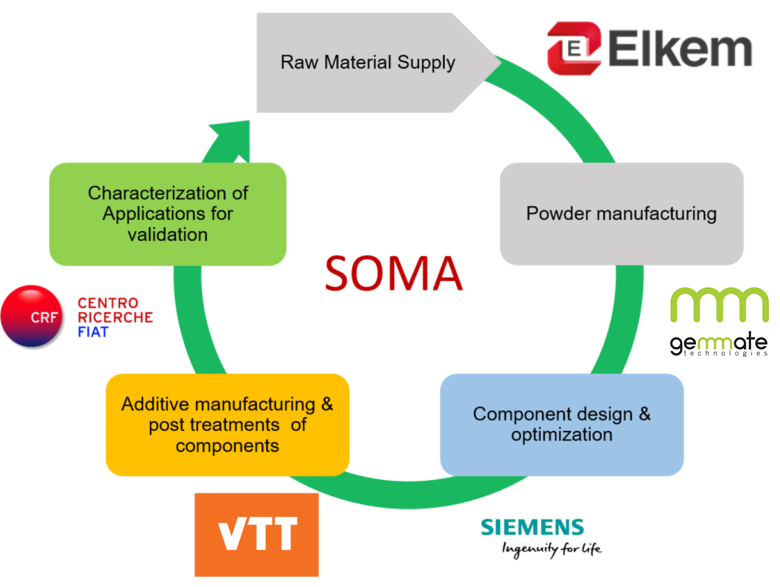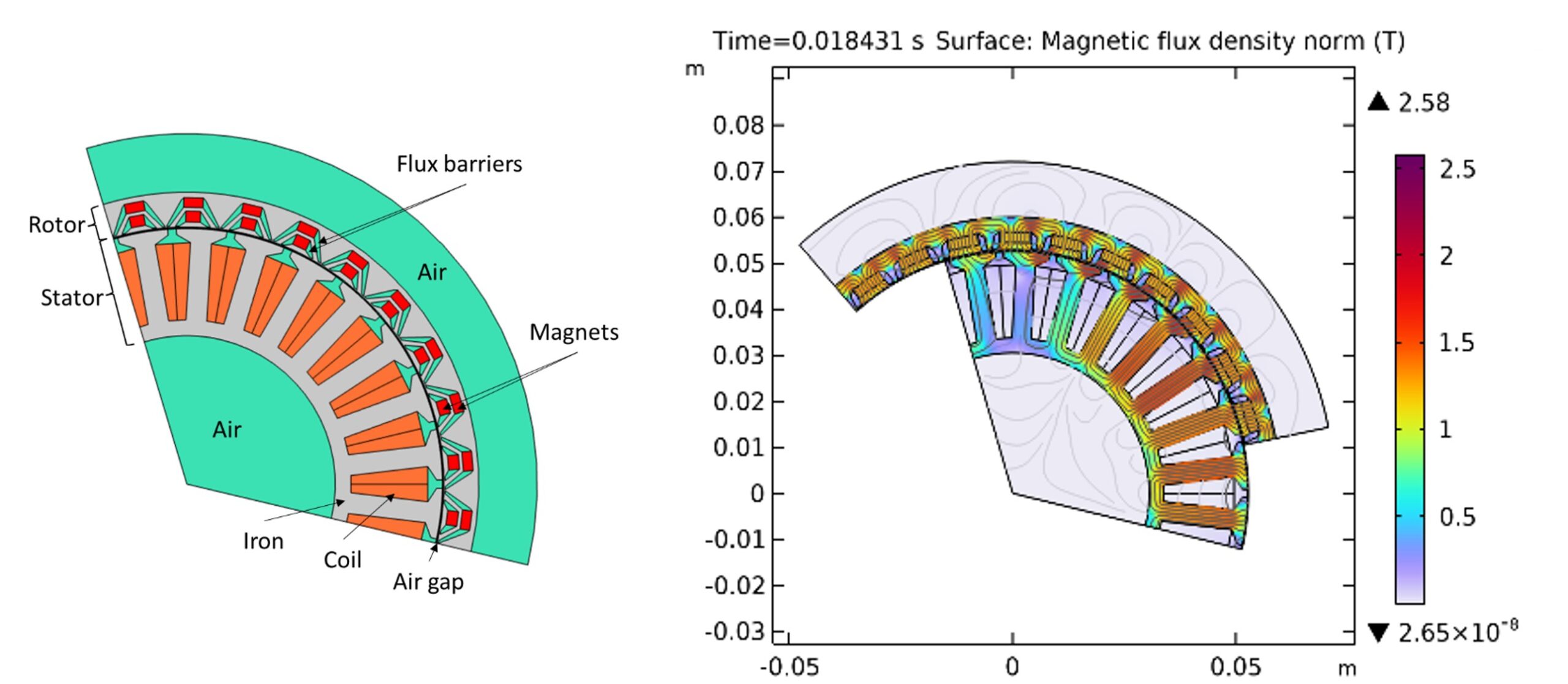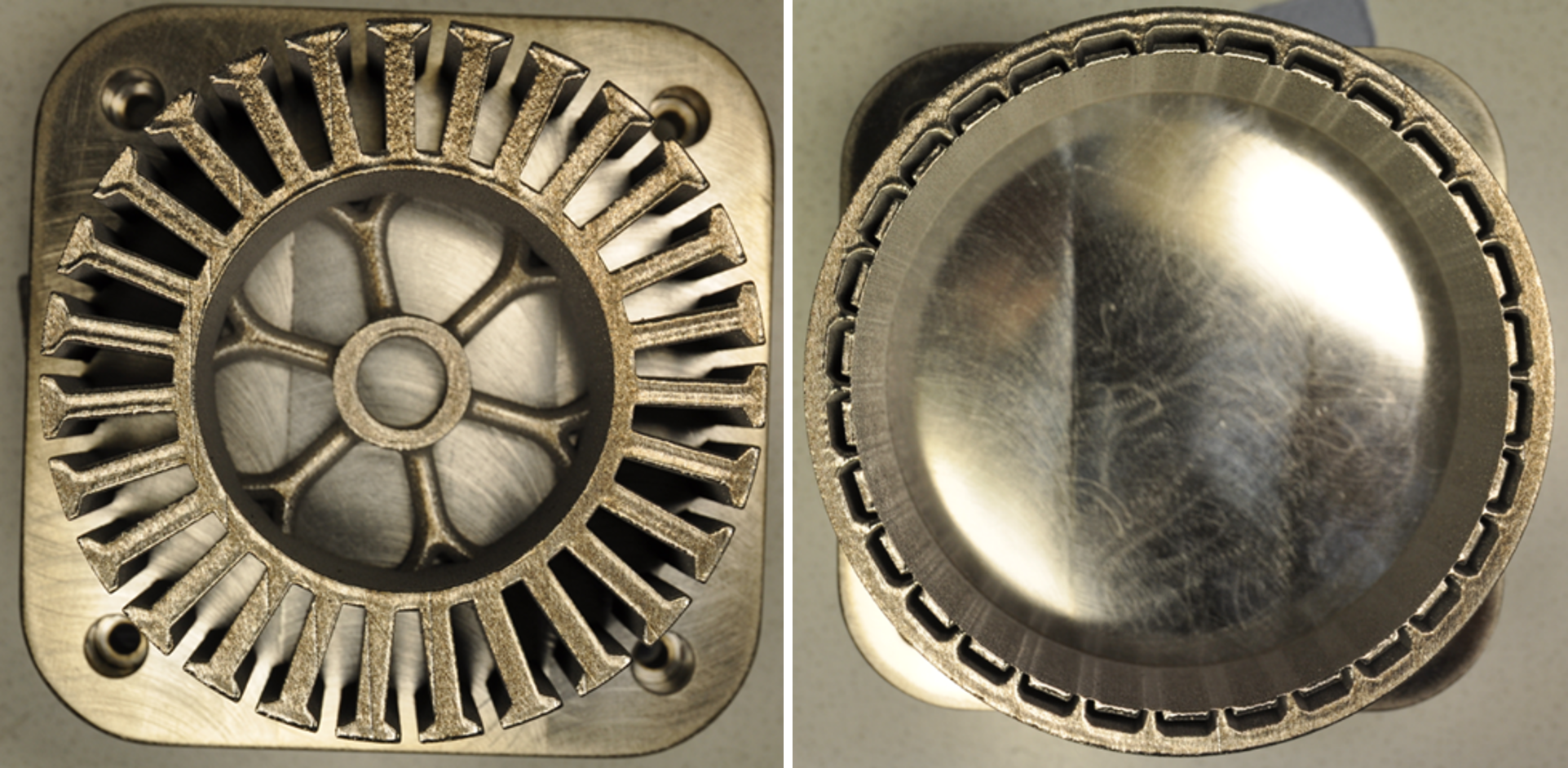- Project title: Lightweight solutions for e-mobility by AM of soft magnetic alloys
- Start date: January 1st, 2021
- Duration: 36 months
- Project number: 20056
- Funded by EIT Raw Materials

Project summary
The SOMA project, supported by EIT Raw Materials, is answering e-mobility demand for more optimized electromechanical devices with enhanced performance, lower material consumption and life cycle cost. This demand is pushing the manufacturers and research community to explore unconventional designs and manufacturing methods. Additive manufacturing technologies have opened up new possibilities for realizing magnetic circuit designs free from the restrictions of conventional manufacturing methods. Earlier studies have shown that by tailoring material compositions together with optimized processing parameters and post-treatments, high performance soft magnetic components can be manufactured by laser powder-bed fusion (L-PBF). Further, it has been shown that through topology optimization, the weight of an electrical machine can be decreased significantly without compromising the other key characteristics.

The SOMA project is focused on the upscaling of soft magnetic alloys tailored for additive manufacturing with minimized amount of critical raw materials. Further, SOMA demonstrates a manufacturing route where the design is not limited by the restrictions of conventional manufacturing methods enabling groundbreaking changes in design and hence leading to higher energy densities and higher performance connected to lightweight, material efficient constructions for future e-mobility. The consortium combines powder and electromagnetic experts. The re-desinged products manufactured with SOMA soft magnetic alloys are domonstrated in an operational environment by CRF and Siemens, while the powder commercialization is led by Elkem. Gemmate’s role concerns the designing of topology optimized lightweight components for the assembling of a topology optimised electrical machine and its integration with the vehicle underbody.
E-motor case study
For e-mobility supply chains, it is of paramount importance to use permanent magnets (PM) in a better way, conceiving new eco-designs for e-motors to reduce rare earth elements (REE) quantity and their recovery and reuse at end of life. A way to reduce the need of PM is to improve the properties of soft magnetic compounds (SMC) parts today employed in the e-motor current design. The novel SMCs developed during the project enable the consortium to conceive e-motor components based on 3D design, beyond the existing 2D limitations.
The challenge of SOMA is to reduce the REE quantity by designing a novel architecture of e-motor that can be manufactured only by additive technologies. Specifically, the project focuses on e-motor types which couple the concepts of Synchronous Reluctance Motor (SynRM) with the using of internal PMs. Such an e-motor, identified as Permanent Magnet Assisted Synchronous Reluctance Motor (PMASynRM), is conceived to embed a reduced amounts of PMs into topology optimised rotor structures achieving the flux focusing. This motor architecture, characterized by an external rotor, is developed for the in-wheel integration within a folding e-scooter and conceptually scalable to the size of a battery electric vehicle.
Results achieved
The main purpose of the PMASynRM design is to find an optimisation process to tailor parameters such as geometry of flux barriers, air/soft magnet ratio, barrier number, and meet the appropriate torque, power factor, torque ripple, and efficiency. The geometrical structure of the electrical motor for e-scooter application is then designed and optimised by considering the specification and the constraints given by the manufacturing process and the innovative materials adopted.

A finite element model of the motor is jointly developed by VTT and Gemmate. The model is based on the Rotating Machinery, Magnetic interface functionality of the AC/CD Module coupled with the Optimization Module available in COMSOL Multiphysics®. The geometrical optimization of the motor components is carried out considering the motor’s cross section. In particular, the configuration of the external rotor is studied via a parametric sweep of selected geometric parameters. The optimal design is achieved by adopting a topology optimization algorithm developed by considering the Demagnetizing Field generated by homogeneously magnetized materials. The numerical analysis shows similar power and torque values with respect to the commercial brushless permanent magnet DC motor selected as a reference. However, the presented e-motor architecture is characterized by a decrement of approximately 40% of the amount of permanent magnets. The 3D motor model used for validation purpose is constructed from the results of the 2D parametric study.

The motor components are manufactured at VTT facilities by laser powder bed fusion process using the innovative Fe-Si-V soft magnetic powder developed during the project. This activity enables the consortium to determine the manufacturing limits for the production of such components using the new powder. The e-motor prototype is then assembled and tested by VTT. The measurement of the back-induced electromotive force (back-EMF), carried out with e-motor dynamometer test system, are consistent with the performance predicted by modeling.
Scientific publications
Additive Manufacturing Of Permanent Magnet Assisted Electric Motor Components. In Euro Powder Metallurgy 2023 Congress & Exhibition, Euro PM2023. European Powder Metallurgy Association (EPMA). https://doi.org/10.59499/EP235763996
Lessons Learnt – Development Of Additive Manufacturing For Soft Magnetic Electric Motor Components. In Euro Powder Metallurgy 2024 Congress & Exhibition, Euro PM2024. European Powder Metallurgy Association (EPMA). https://doi.org/10.59499/EP246277219